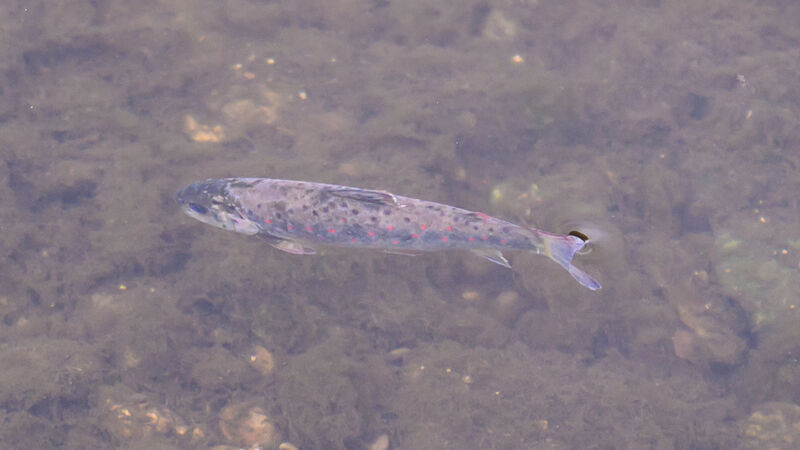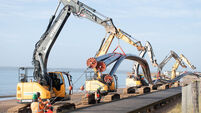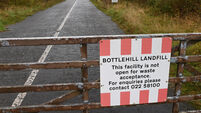Shocking indifference to catastrophic Blackwater pollution is a sign of the times

One of the fish affected by the recent fish kill in the River Blackwater, Co Cork. File picture: Dan Linehan
IT is almost a month since something around 50,000 fish – primarily trout and the vanishing remnants of a decimated salmon population – were killed in the River Blackwater. The catastrophe has the unenviable status of being the worst fish kill in the history of this Republic. To date, it has not been possible, despite the efforts of four State agencies and a visit by Minister Timmy Dooley supported by the usual platoon of hangers on, to identify the origin of the deadly toxin. Any meaningful legal response becomes more unlikely with every day that passes.
















